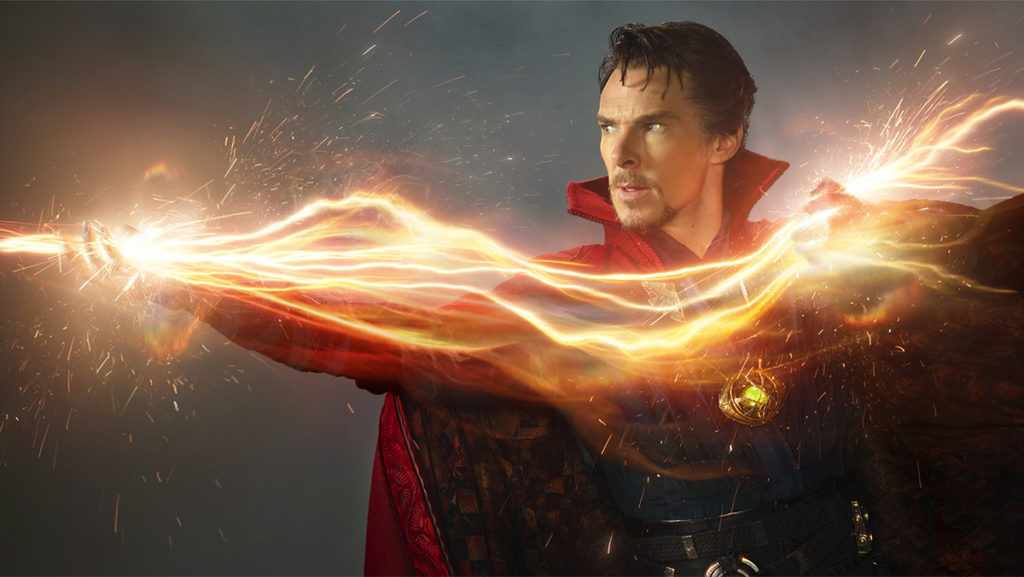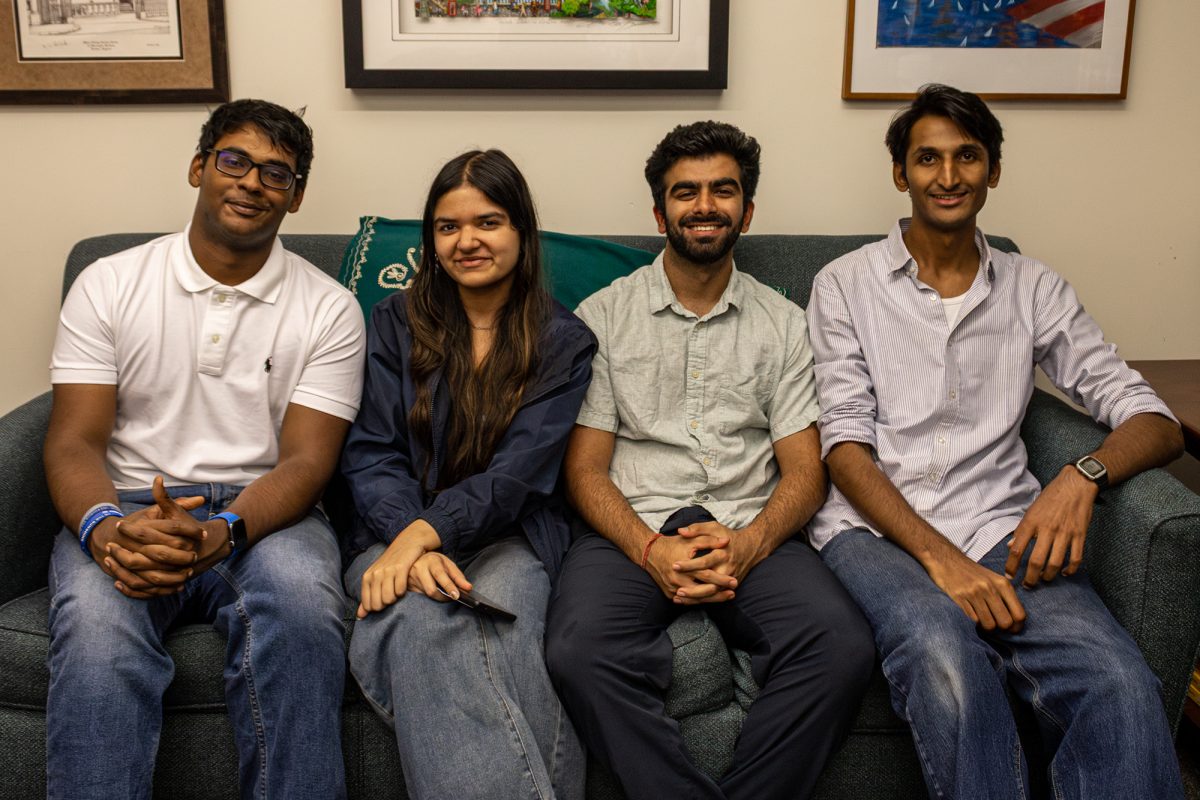Space and time fold in upon themselves, buildings warp and twist like rubber, neon lights and colors flash across the screen, portals open, glowing weapons clash. Glorious eye candy with a shallow plot.
“Doctor Strange” marks Marvel’s 14th entry into its ever-growing cinematic universe. As such, it boasts the familiar triumphs — the spectacle, the charismatic hero, the not-so-subtle references to obscure Marvel characters. But it also bears the weight of past failures: a vague villain, a sidelined love interest, a nagging feeling that the film is no different from the 13 that came before. “Doctor Strange” is a beautified rehash that exemplifies a dangerous trend in Marvel’s recent films — stale familiarity.
When “Iron Man” was released in 2008, it demonstrated that comic–book adaptations didn’t have to sacrifice complexity for fun. Though not perfect, “Iron Man” was a breath of fresh air. “Doctor Strange” is effectively the same movie eight years later. Stephen Strange (Benedict Cumberbatch) is a cocky surgical prodigy whose promising career is cut short by a car accident. After exhausting modern treatment methods, Strange turns to the mystical — but there’s a twist. He is forced to change, to rise above his selfish arrogance if he wishes to return to full health, a similar path to that of Tony Stark as Iron Man. The major difference is that Stark is fighting machines, while Strange combats extradimensional gods. Though the scope of the threat in “Doctor Strange” is much larger, the journey Cumberbatch’s Strange takes is almost identical to that of Stark. They both start as lovable jerks, become selfless heroes and face off against bland foes.
Marvel struggles with villains. With few exceptions, the Marvel Cinematic Universe is rife with antagonists who are evil for evil’s sake. “Doctor Strange” is no different. Kaecilius (Mads Mikkelsen) wants to achieve immortality by releasing an ancient deity — a cosmic god that would obliterate all of existence, including Kaecilius himself. Despite repeated mentions of Kaecilius’s magical and intellectual prowess, he is somehow ignorant to this obvious flaw in his plan. There is a blink-and-you-miss-it explanation of his motivation, but none of his subsequent actions reflect the tragedy of his background. There was a time when the antagonist was the most compelling part of a superhero film, when moral ideologies would clash and high stakes thundered behind every confrontation. Instead, Kaecilius is another empty punching bag for the protagonist to prove himself against. Unfortunately, he is only one of several meaningless characters in “Doctor Strange.”
Stange’s love interest, Christine Palmer (Rachel McAdams), and his sidekick and mentor, Mordo (Chiwetel Ejiofor), are both underdeveloped yet crucial characters. Palmer is a symbol of Strange’s development as a person. The dynamic between the two should be fraught with tension, but instead, their interactions are flat and empty. Palmer is a prop to make Strange look redeemable by the film’s end; she isn’t her own character. Mordo is similarly underutilized — his arc is fodder for an after-credits zinger and nothing more.
The one aspect of “Doctor Strange” that truly shines is the twisty spectacle during the first half of the film. The opening fight is a delightful kaleidoscope of city streets and glass buildings. But Strange’s introduction to the magical arts is more impressive by far — a bright splash of psychedelic images akin to the end of Stanley Kubrick’s “2001.” It is a shame that this visual treat fades in the film’s second half. It is a movie built on mind-bending imagery that ends with a fist fight and a shouting match. Strange’s ultimate dispatch of his foe is dull and improbable, highlighting the mediocre qualities of the villain more than the impressive ones of the hero.
Marvel kicked the comic–book craze into overdrive when it released “Iron Man.” “Doctor Strange” shows how thinly Marvel is stretched — that which made its past films enjoyable has become old hat. No amount of spectacle — of city destruction or colorful explosions — can obscure the flimsy plot and dull characters. “Doctor Strange” plays it safe, meeting expectations but not exceeding them. If Marvel wants to maintain its grasp on moviegoers, it can’t be afraid to make bold choices, to be unusual — to be strange.









